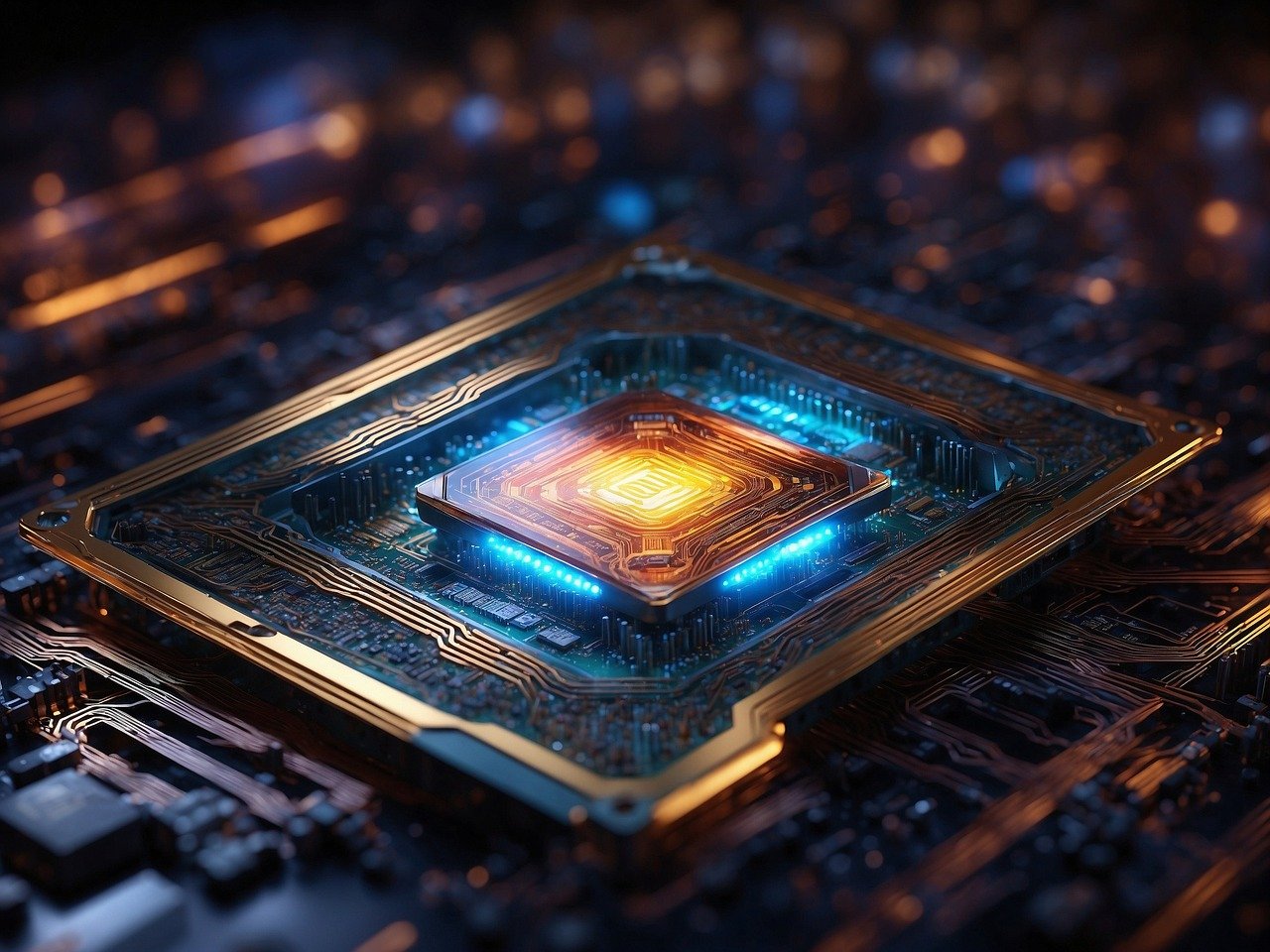AMD’s recent acquisition spree, including the purchase of ZT Systems, signifies a strategic focus on enhancing AI infrastructure and capabilities. Alvin Nguyen reports that this latest move is part of a broader strategy aimed at reinforcing AMD’s end-to-end AI ecosystem.
Following AMD’s previous acquisitions of Nod.ai and Silo AI in late 2023, the company is rapidly building a comprehensive suite of AI tools and expertise. Nod.ai brings open-source AI software capabilities to AMD’s portfolio, while Silo AI enriches the team with specialists in AI model development, platforms, and comprehensive AI solutions.
ZT Systems, set to be integrated into AMD by the end of 2025, will bolster the company’s expertise in AI infrastructure. This includes a focus on servers, storage, and the design of system architecture and rack-scale solutions.
Implications for AMD and the AI Industry
These acquisitions mark a strategic pivot for AMD, expanding its offerings beyond its core semiconductor business. While this move won’t directly address the current limitations in semiconductor manufacturing, it significantly enhances AMD’s ability to offer integrated AI solutions and a more seamless user experience.
By incorporating expertise from ZT Systems, Nod.ai, and Silo AI, AMD is positioning itself to provide a holistic AI environment. This ranges from hardware components and systems to software and AI models. The company aims to leverage user feedback and expert insights to drive innovation across all levels of its AI product lineup.
Competitive Landscape: AMD vs. NVIDIA
AMD’s strategic focus is positioning it to challenge NVIDIA on multiple fronts:
- Semiconductor Competition: Despite NVIDIA’s dominance in securing advanced fabrication processes with TSMC, AMD remains competitive by offering its AI accelerators as a cost-effective alternative, potentially gaining market share by providing more value.
- AI Infrastructure: With ZT Systems’ integration, AMD can now offer advanced system design and solution services to large-scale data center operators and enterprises. As improvements in semiconductor manufacturing slow, AMD is looking to enhance AI performance through system-level optimizations.
- Open-Source Software: By investing in open-source software development through Nod.ai, AMD aims to improve AI performance on its hardware, offering a competitive edge over NVIDIA’s established software ecosystem. As the AI landscape evolves, ensuring broad platform support and enhancing user experience are crucial.
- AI Models and Platforms: With the addition of Silo AI’s expertise, AMD is now developing and optimizing AI models and platforms. This move allows AMD to tailor its solutions for enhanced user experience, simplified deployment, and superior performance across its hardware platforms.
AMD’s aggressive acquisition strategy reflects its commitment to becoming a more formidable player in the AI market, challenging NVIDIA’s dominance and expanding its influence in AI infrastructure, software, and model development.

